Threats to biodiversity
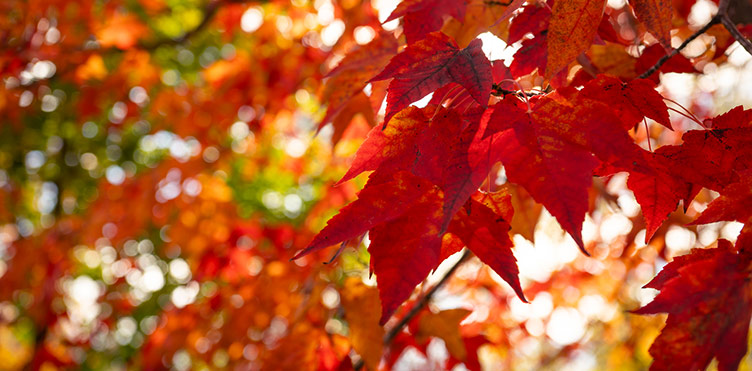
There are many different threats to biodiversity. Let’s explore some of the most common:
Habitat loss and ecosystem destruction
Human activities, such as urban development, agriculture, and resource extraction (e.g., mining, forestry) can result in the wholescale destruction or significant degradation of ecosystems.
Changes in conditions due to human activities, such as increases in noise levels or light pollution, can also have significant impacts on the ability of specific species to use an area or ecosystem as habitat. Habitat availability can also affect the migration and natural spread (dispersal) of specific species due to the presence of barriers (e.g., dams, highways) and inhospitable habitat (e.g., drained wetlands).
Habitat loss and ecosystem destruction can also result from natural disasters (e.g., hurricanes, floods, droughts) or gradual changes in natural patterns (e.g., changes to rainfall or seasonal temperatures).
For example, Atlantic salmon return to the grounds on which they were hatched to spawn. Alterations to waterways and barriers like dams impede the ability of the fish to return to the place they instinctively are trying to go.
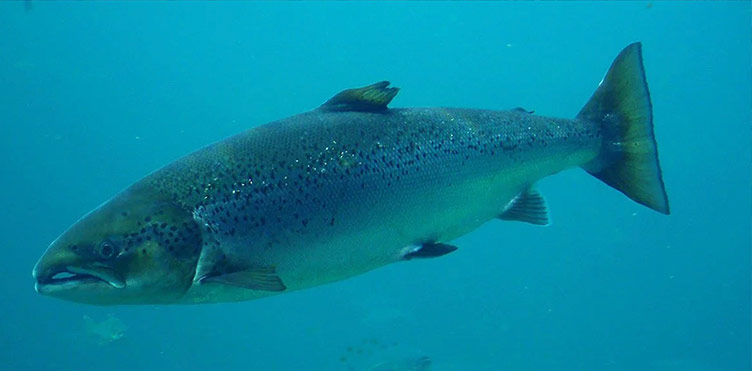
Pollutants
Any hazardous material in an ecosystem is a pollutant. While some are natural, many are anthropogenic (human-caused). Garbage, emissions, chemicals, excessive light and volcanic ash are all examples of pollution.
Pollutants can have immediate effects on species and ecosystems or long-term effects (especially if the pollutant can remain or build-up in the system over time).
For example, the pesticide dichloro-diphenyl-trichloroethane (DDT) nearly caused the collapse of the bald eagle population in the mid-1900s. DDT was absorbed by small animals (rodents, fish, amphibians) who ate treated plants or insects who had eaten them or absorbed the chemical directly.
These animals were then eaten in turn by bald eagles, who suffered impairments in the development of eggshells when breeding. This led to a sharp decline in surviving chicks. When DDT use was phased out, the next generation of bald eagles had greater success and many populations have recovered.
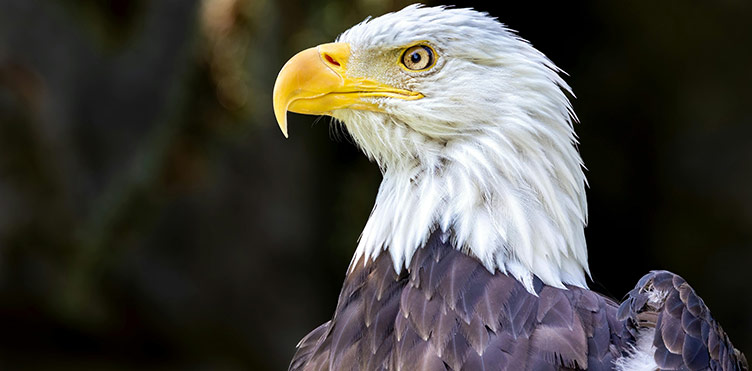
Disease and pests
While diseases and pests are often a natural part of life, changes in an ecosystem such as newly introduced species (a species that is brought from one area to another, intentionally or not, that was not present there before) may disrupt the balance and lead to an unsustainable decrease in an affected population. These can be considered invasive species.
For example, emerald ash borers were accidentally introduced to New Brunswick in 2018. They kill virtually any ash tree which they infest within about a decade of reaching it. Municipalities and the Canadian Food Inspection Agency accept reports on suspected new infestations.
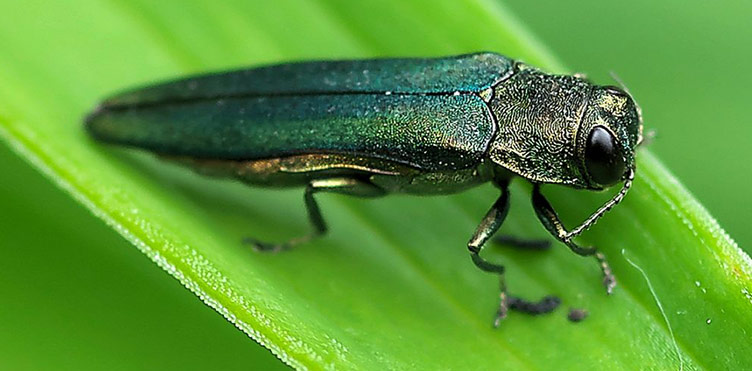
Outside competition and resource scarcity
Generally, an established ecosystem has an established balance of organisms. With limited resources, if two organisms have roughly the same needs, one will generally outcompete the other. Introduced species may outcompete the existing local species, which would qualify them as invasive species.
For example, Japanese knotweed is a common sight around Fredericton. This introduced garden plant is invasive, as it grows quickly and forms dense stands that prevent other plants from growing in the area. Unfortunately, Japanese knotweed provides little ecological benefit compared to the native plants it outcompeted.
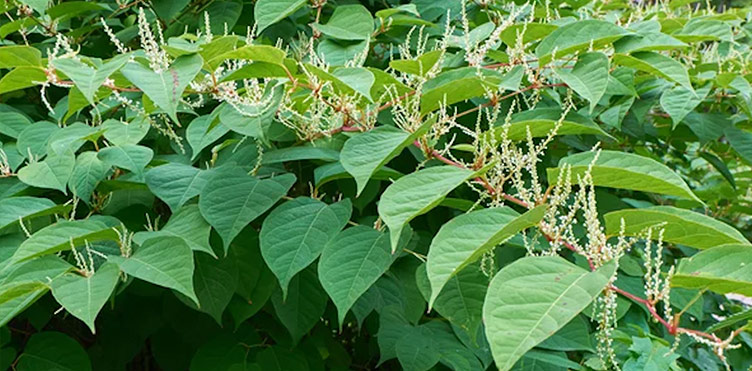
Climate change
Climate change poses a significant threat to biodiversity by altering ecosystems and disrupting the delicate balance that sustains various species. Rising temperatures, changing precipitation patterns, and extreme weather events directly impact habitats, making them unsuitable for many species. Changes in climate also can result in the disruption of natural cycles, such as those of plants, and can also bring destructive occurrences, including storms, floods and fires.
For example, while human activity on piping plover nesting grounds is one of the greatest disturbances, the increase in severe weather events during nesting season has also contributed to a decline in plover populations. Stronger, more frequent storms are one of the results of climate change.
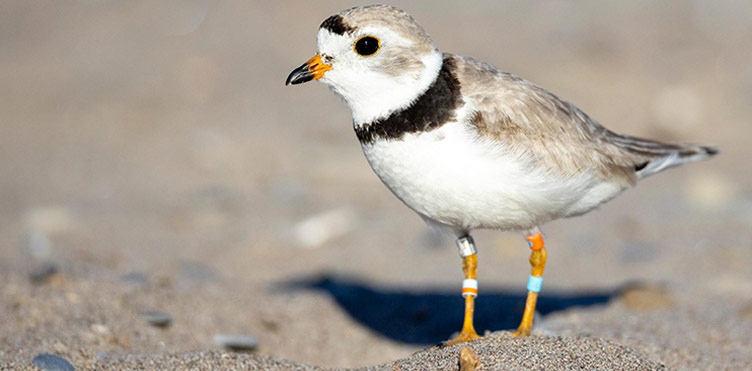
Overconsumption
Overconsumption by humans, in the form of over-hunting or over-harvesting of a species can reduce its availability or abundance. Unsustainable hunting or harvesting, including unintentional destruction such as bycatch, can result in population collapses. These can lead to permanent changes to the genetic diversity of a species, increased risks of outside competition by other species, local extinction from the over-hunted or over-harvested area, or even complete extinction of a species.
Other species can also predate in excess. This often occurs when there is an imbalance in the food web and there is a sudden abundance of a particular species, or when an introduced species arrives and alters the community dynamics. This often occurs when a predator (e.g., wolves) are wiped out from an area, allowing prey species (e.g., deer or elk) to over-consume preferred plant species, which can have long-lasting negative effects on an ecosystem (this is also known as a “trophic cascade”).
For example, cod stocks on the Atlantic coast fell to the point where a moratorium on fishing had to be put in place in 1992. The advancements in fishing technology allowed humans to exploit the once-bountiful population at unsustainable rates. To this day, cod in this area no longer grow to the sizes they once did and now mature at a much younger age and smaller size, leading to permanent changes in the population.
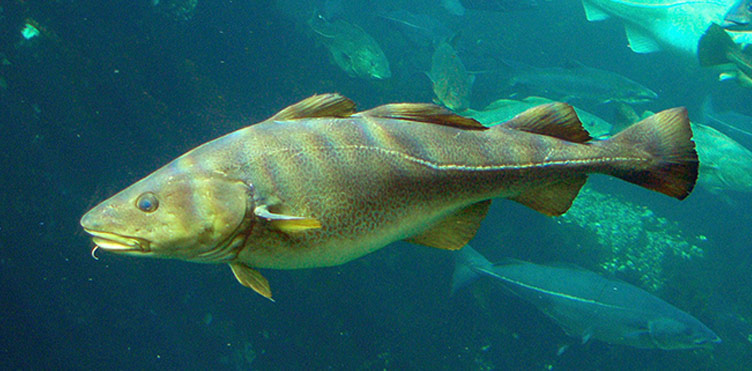
Industrial agriculture
Industrial agriculture, characterized by large-scale, intensive farming practices, poses a significant risk to biodiversity primarily through monoculture farming. Monoculture involves growing a single crop over extensive areas. This practice reduces species diversity and often results in the destruction or degradation of natural habitats. Monocultured crops often have very low genetic diversity, which makes them more susceptible to pests and diseases, leading to increased use of pesticides and herbicides.
For example, palm oil is a common ingredient in many different foods and cosmetics products. Generally grown in monoculture plantations, the land for these plantations comes from the clearing of large tracts of tropical rainforests, leading to the loss of valuable biodiversity-rich rainforests.
Many plant and animal species, including endangered ones, lose their natural habitats, and the fragmentation of ecosystems further isolates populations, making them more vulnerable to extinction. Additionally, the use of agrochemicals and the monoculture nature of palm oil plantations contribute to soil degradation and water pollution, further impacting surrounding ecosystems.
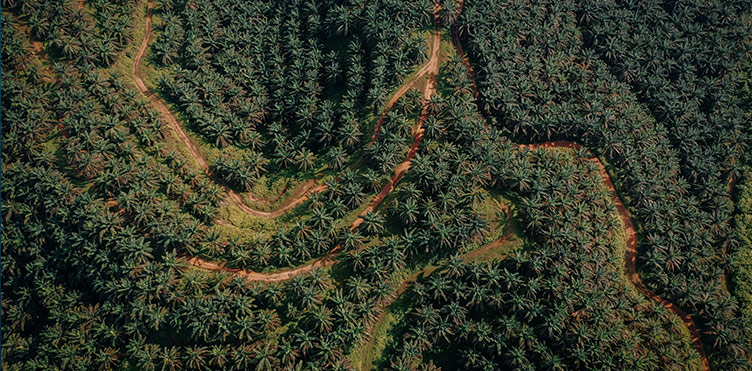
This work is licensed under a Creative Commons Attribution-NonCommercial 4.0 International License.

